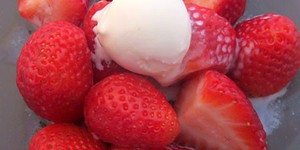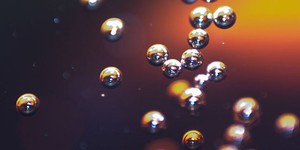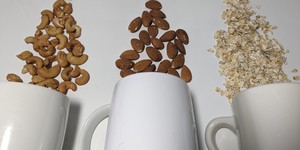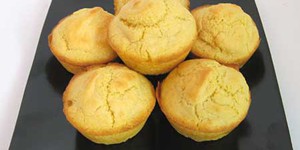Fourth Grade, Cooking & Food Science Science Projects (29 results)
Who doesn't love food? It's fun to make, it's fun to eat, it's fun to ...study? That's right! There is a lot of science that goes into the everyday foods that you love. Explore questions such as how baking ingredients work, how and why certain ingredients mix well together, and why people's tastes differ.
|
Select a resource
Coding Projects
Sort by
|
Have you ever wondered why apple slices turn brown once you cut them, or why a yellow banana gets dark spots over time? In this project you will find out why this happens, and how you can keep your apple slices looking fresh!
Read more
Imagine if instead of spooning up a bowl of soup, a container of yogurt, or a cup of pudding you could just pick up and pop in your mouth a round, mess-free, ball-like blob of one of those. It might feel like snacking rather than eating a meal! In this food science project you can try exactly that. The simple step-by-step directions will lead you through trying a fun cooking technique called reverse spherification to turn yogurt into semi-solid balls, which are called "raviolis." How do you…
Read more
New
Have you ever walked next to your favorite ocean, lake, or creek and seen plastic waste everywhere? Have you ever thought about how much plastic breaks down into microplastics and pollutes waterways? Scientists are coming up with new ways to remove these microplastics from our waterways, and now you can test them out for yourself at home.
Read more
Would you like to add an unusual twist to a yummy food like ice cream? In this kitchen science project, you will make mind-bending hot ice cream. You will experiment with, and of course munch on this gastronomic treat. It is easy, it is delicious, and it is fun! Go ahead and try it out!
Read more
One of America's favorite snacks is potato chips. Although potato chips are very tasty, some varieties are not very healthy for you. A typical 1-ounce (oz.) serving of a well-known national potato chip brand contains 150 calories, 90 of which are from fat. How greasy are your favorite potato chips? Try this science fair project, and you'll get a visual understanding about how much oil a potato chip can hold.
Read more
If you love cooking, decorating cakes, or making edible table decorations, this is a project for you! You will compare three different recipes for rice paper and discover the recipe that works best for your application!
Read more
New
Are you ever annoyed by a poor Wi-Fi signal? What about when you try to send a text message, and it just won't go through because of poor cell service? Have you ever wondered what factors affect the strength of your signal and the speed of the connection? If so, this project is for you!
Read more
Carbonated bevarages are quite popular in the United States (despite the health risks of drinking too much of the sugary ones). Many people love their bubbly, fizzy flavors. But how do the bubbles, fizz, and taste get into the water? In this cooking and food science project, you will work with baking soda, citric acid, and sweetener to create a your own soda pop. Once you develop your recipe, try it out on your friends and family. Who knows? You might create the next soda pop sensation!
Read more
What kind of milk do you drink in your household? Do you drink 2% dairy milk, whole dairy milk, or plant-based milk like almond milk or soy milk? Have you ever considered why you drink it? As more sustainable and alternative food options become increasingly available, people are interested in the nutritional value of plant-based foods. The US government dietary guidelines state that dairy milk is a good source of protein. Are plant-based milk sources also a good source of protein? In this…
Read more
Why are some fruits, like pineapple, not recommended for adding to gelatin? It is because the gelatin may not solidify well if it has these fruits in it. In this science project you will determine whether certain enzymes in some fruits are preventing gelatin from solidifying, and whether there is a way to still include these fruits without ruining your gelatin dessert. It is an experiment with edible results!
Read more
If you like to bake, this could be a good science project for you! Have you ever wondered about the purpose of each of the ingredients in your favorite recipes? For example, why is baking powder used in some muffin recipes? How does the baking powder affect how the muffins look, feel, and taste? In this food science project you will use a scientific method to find out!
Read more
Cake, cookies, pie, ice cream, hot chocolate, lemonade... Yum! What do all these delicious treats have in common? Sugar. In addition to providing sweetness, sugar adds bulk, flavor, and structure to foods. But is it necessary to add sugar to achieve sweetness? Can the same sweetness be achieved using sugar substitutes like artificial or natural sweeteners? In this project, you will test sugar and sugar substitutes and compare the sweetness of each in relation to sugar. In the end, your day will…
Read more
|
















